For several years now, the Tortuga Outbreaker has consistently ranked among the best travel backpacks on the market. In fact, the Manual declared it the best travel backpack for long-term travel last year. The next generation of the Outbreaker is dropping on January 17, and we were lucky enough to get an advanced look at it. Here’s everything you need to know about the latest travel pack from Tortuga.
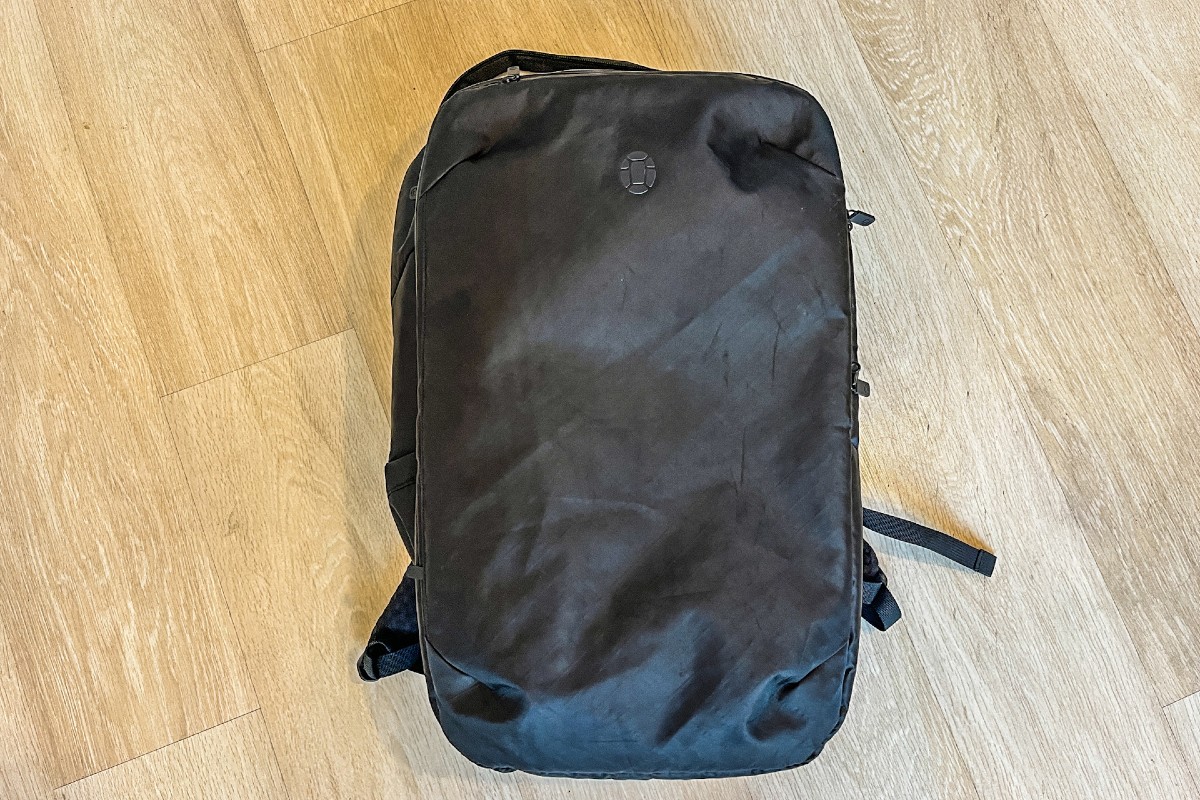
New name, similar vibe
First off, the company has decided to drop the “Outbreaker” name and simply go with the “Tortuga Travel Backpack.” However, this name change doesn’t mean that it’s an entirely different bag. To the contrary, Tortuga has taken the key design aspects of the Outbreaker — the suitcase-style frontloading, the protective laptop panel on the back and easy-access pocket on the front, the thickly padded shoulder straps and tough, water-resistant sailcloth exterior — and made some adjustments and upgrades.
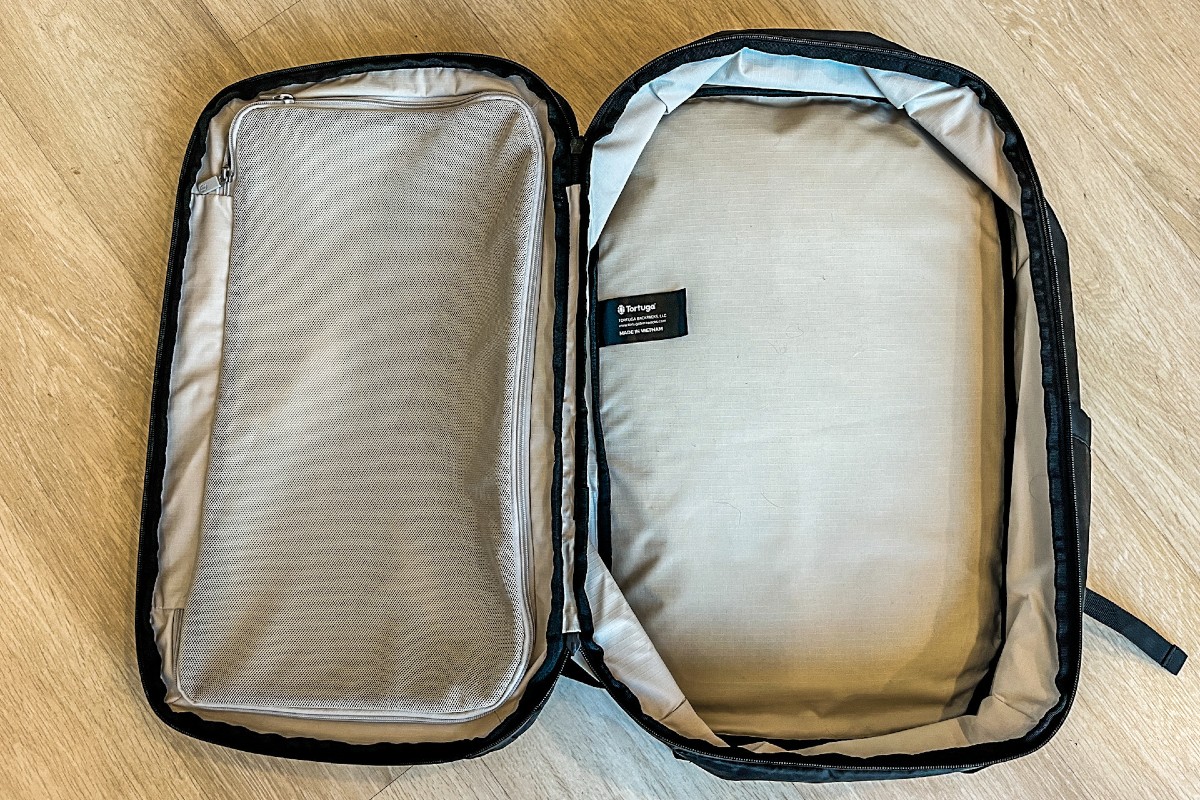
Slightly smaller, adjusted silhouette
While the Outbreaker used to come in 45L and 35L size options, the next generation is slightly smaller — 40L and 30L — to adjust to increasingly restrictive international carry-on size limitations. Its design has also been simplified somewhat, cutting out redundant pockets and features to decrease the weight by 10%. The overall shape is better sculpted than previous, boxier editions, giving it a more eye-pleasing aesthetic.
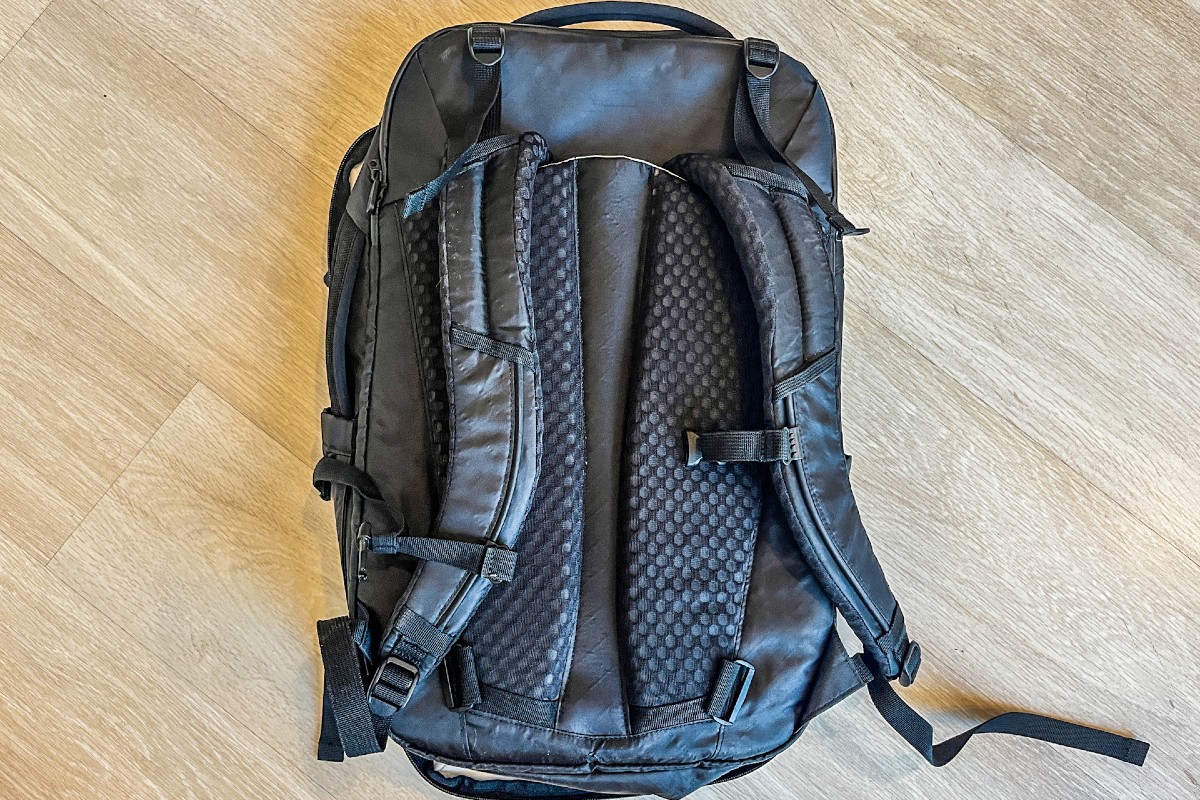
Upgraded suspension harness
One of the most popular aspects of the old Outbreaker was its highly comfortable shoulder straps and adjustable suspension harness. The new harness is still fully adjustable, but it’s adjusted in a slightly different manner that is easier and less material-intensive, which has the added bonus of decreasing the weight. This makes it the best travel backpack for men and women seeking the perfect fit.

Recycled materials
Previous iterations of the Outbreaker featured recycled materials only for the liner, but the latest edition forgoes any virgin nylon at all to instead leverage recycled polyester that is lighter, more durable, and waterproof. The new material is 100% recycled and contains no fluorocarbons or volatile organic compounds.
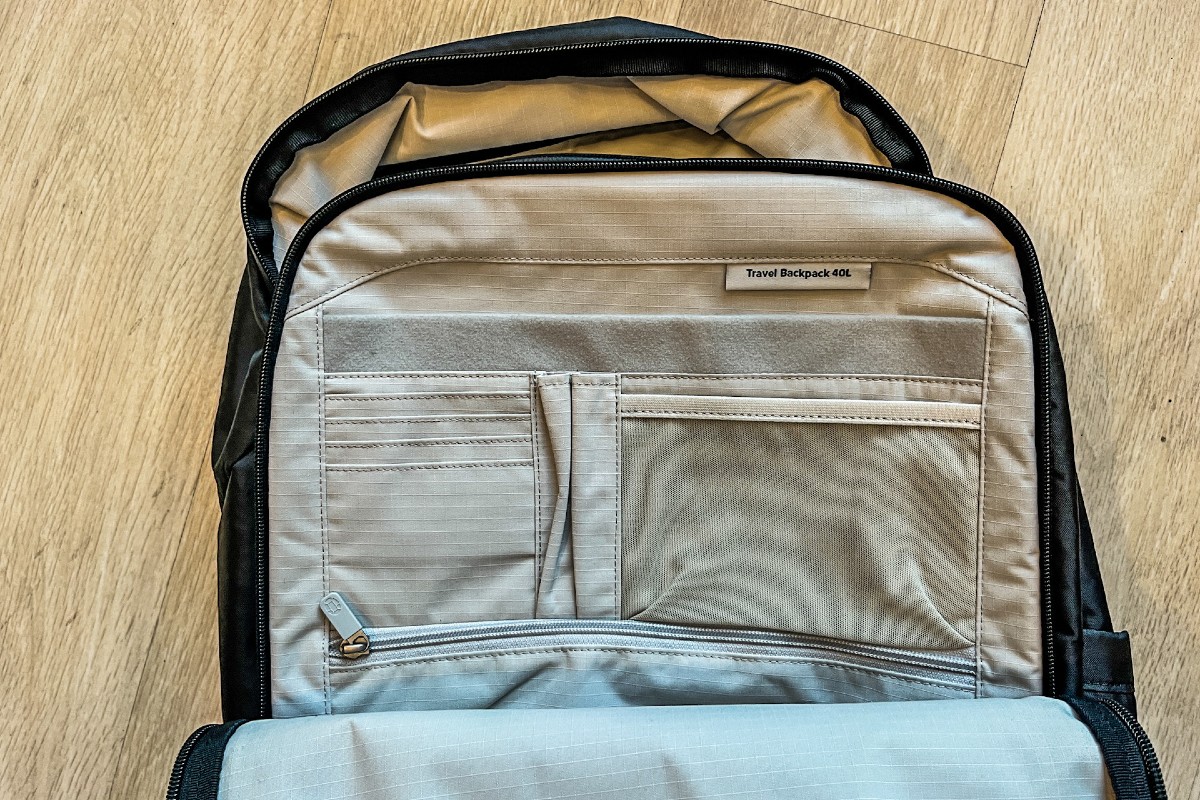
Simplified pocket structure
Reducing the weight meant cutting out a few of the organizational features. This eliminates a handful of internal zippered pockets. A few pockets have also been adjusted, such as changing the two equal-sized exterior front-facing pockets into a wider, flat pocket along with a small top pouch perfect for your sunglasses, phone, and passport.
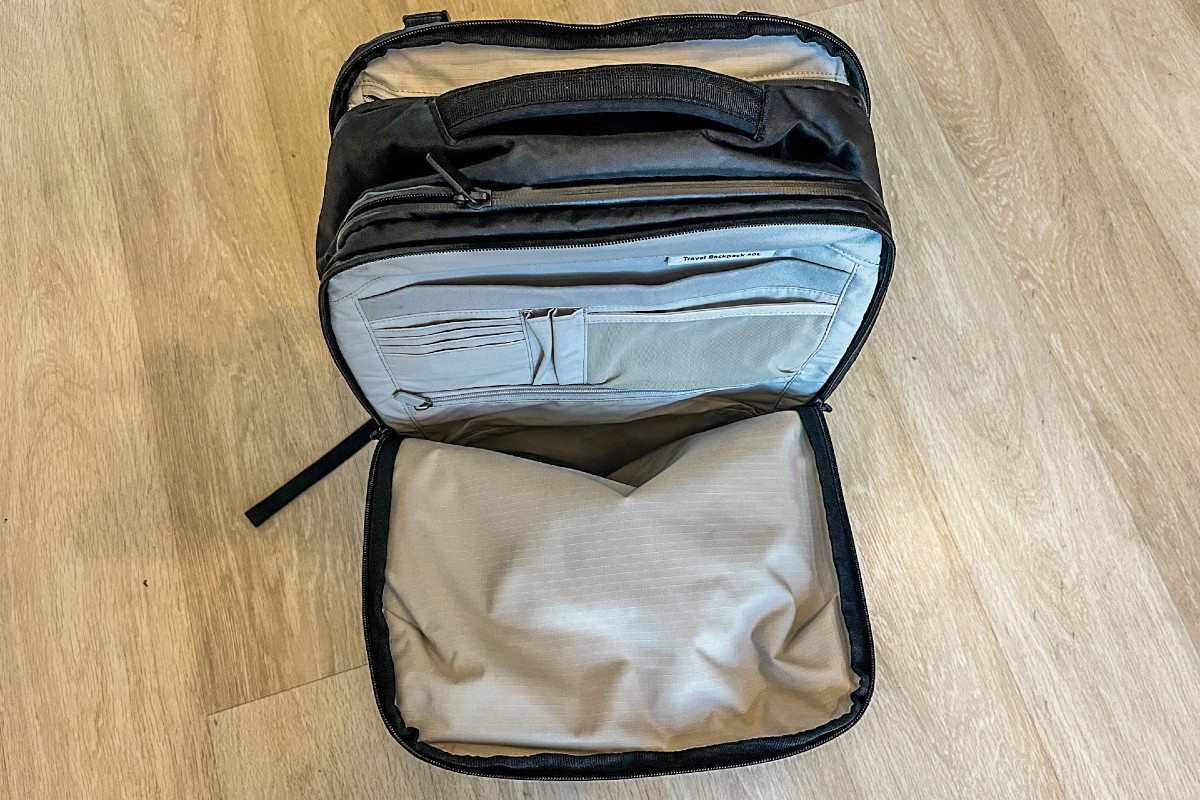
New Tortuga Travel Backpack review
So what do I think of the new generation? Having traveled extensively with previous iterations, I can say that overall, the latest edition is an improvement. I like the lighter weight and easier harness adjustment. The upgraded exterior pocket arrangement is also a positive change. I do miss a few of the interior pockets that were eliminated, but cuts had to be made somewhere to reduce the weight. As the relative heaviness of the previous generation was the most common complaint, I’d say that the ends justify the means. On a less practical note, the slightly more curvaceous exterior looks better than the old design.
To conclude, I think it’s still the best travel backpack on the market, particularly for long-term travelers who want to avoid checking a bag.



